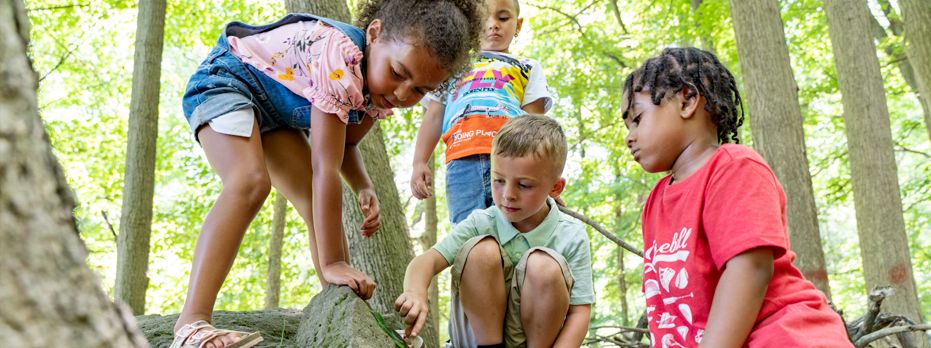"Teaching is like rings on a tree. What you teach... is forever with them." When students join you in your classroom at the beginning of the school year it marks the start of a new stage in their lives. They are beginning a new grade and turning a year older. Students will be influenced by you so therefore it depends on you as the teacher, to choose what you want them to gain from your influence.
From this course I've been informed of the different educational philosophies that teachers use in their practices. Along with that, I've learned about the varying types of schools, ranging from outdoor and environmentally focused schools, to Montessori schooling, along with other types that have provided me with ideas that i have enjoyed and agreed with, along with others that i did not agree with, but still gave me insight into how my students have been taught, or how they may be taught in the future.
Something this course has emphasized a lot was culturally responsive classrooms and inclusion. These concepts are focused on providing quality education for each and every student. I've realized from this course, that it is important to provide and incorporate different teaching styles to reach the needs of all students.
Another important concept I was reminded about was place-based learning. After reading about it, i was able to think back to my own elementary experience which involved place-based learning. It is important to provide ways for students to interact and connect with what they are learning. If possible it is best to take students out of the classroom. Not only will this give them real experiences pertaining to what they are learning, but it makes the experience much more exciting and fun to interact with the environment and community where students live.
I've enjoyed this course and all that it has offered me while on my path to becoming a teacher. I've most definitely come across some great ideas and information that I will put to use in my future classroom. EDU100 has encouraged and excited me even more in my pursuit to becoming a teacher. I believe that I have gained useful and beneficial information that will help me in providing my students with a quality educational experience and I am thankful for that!














